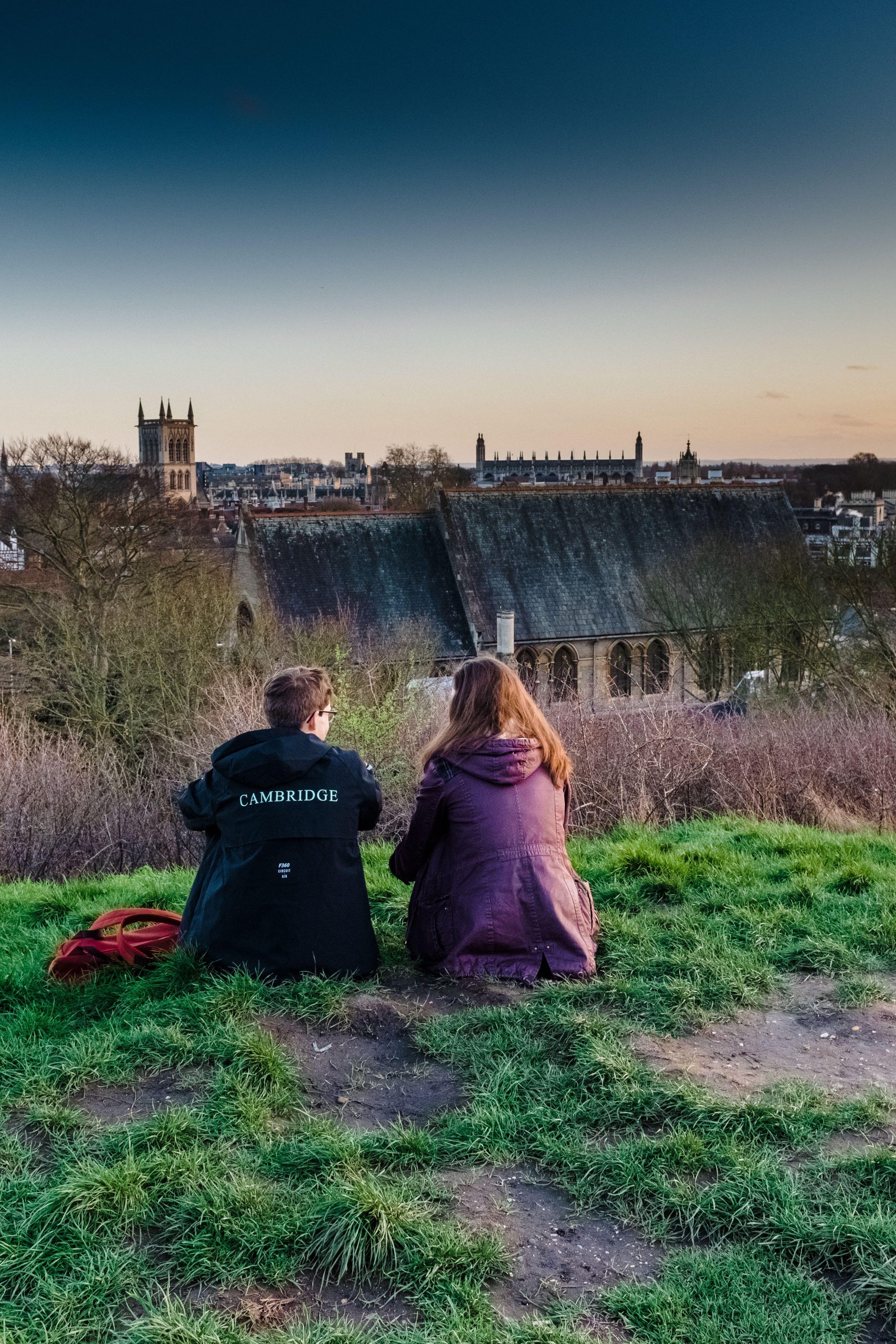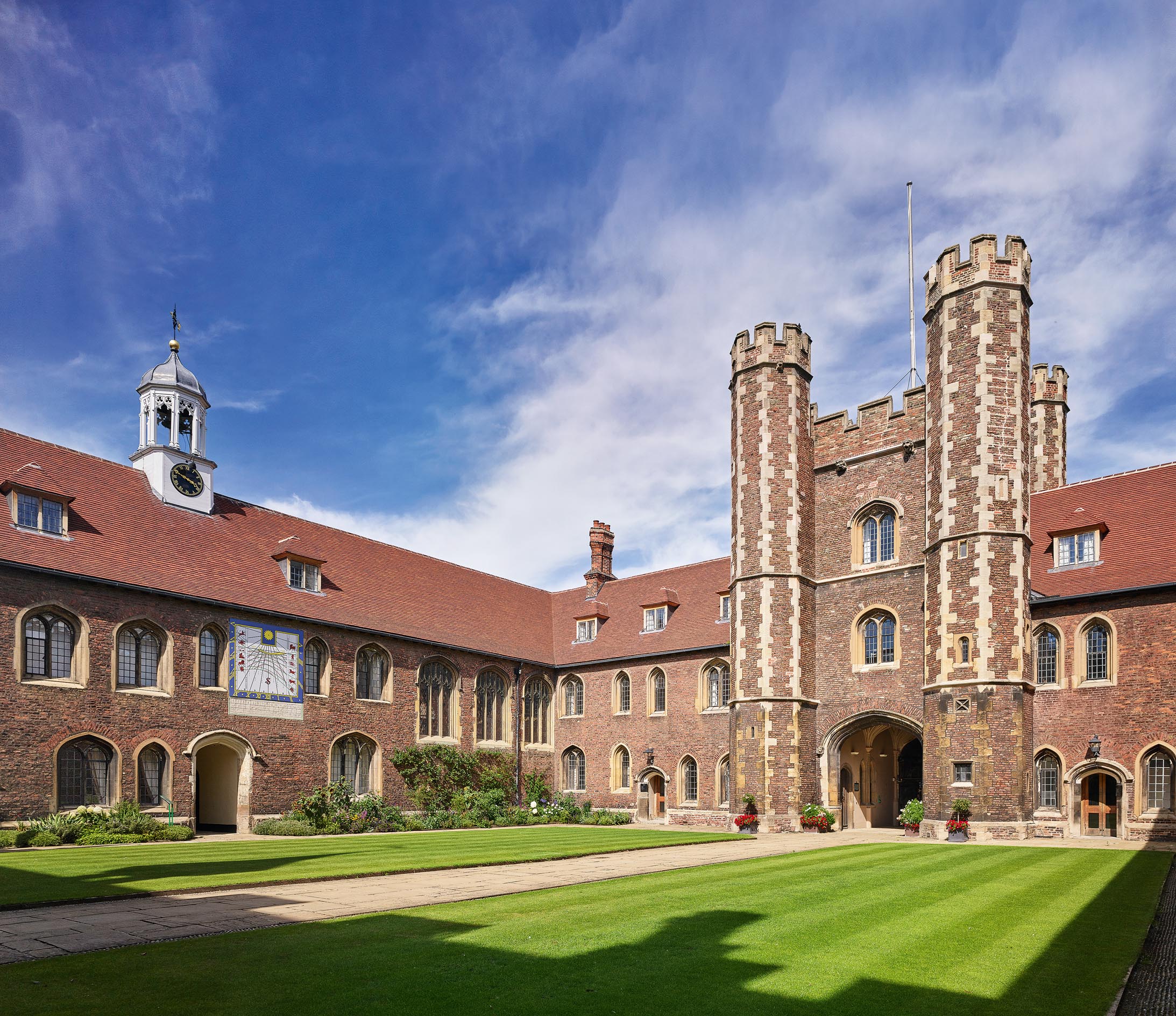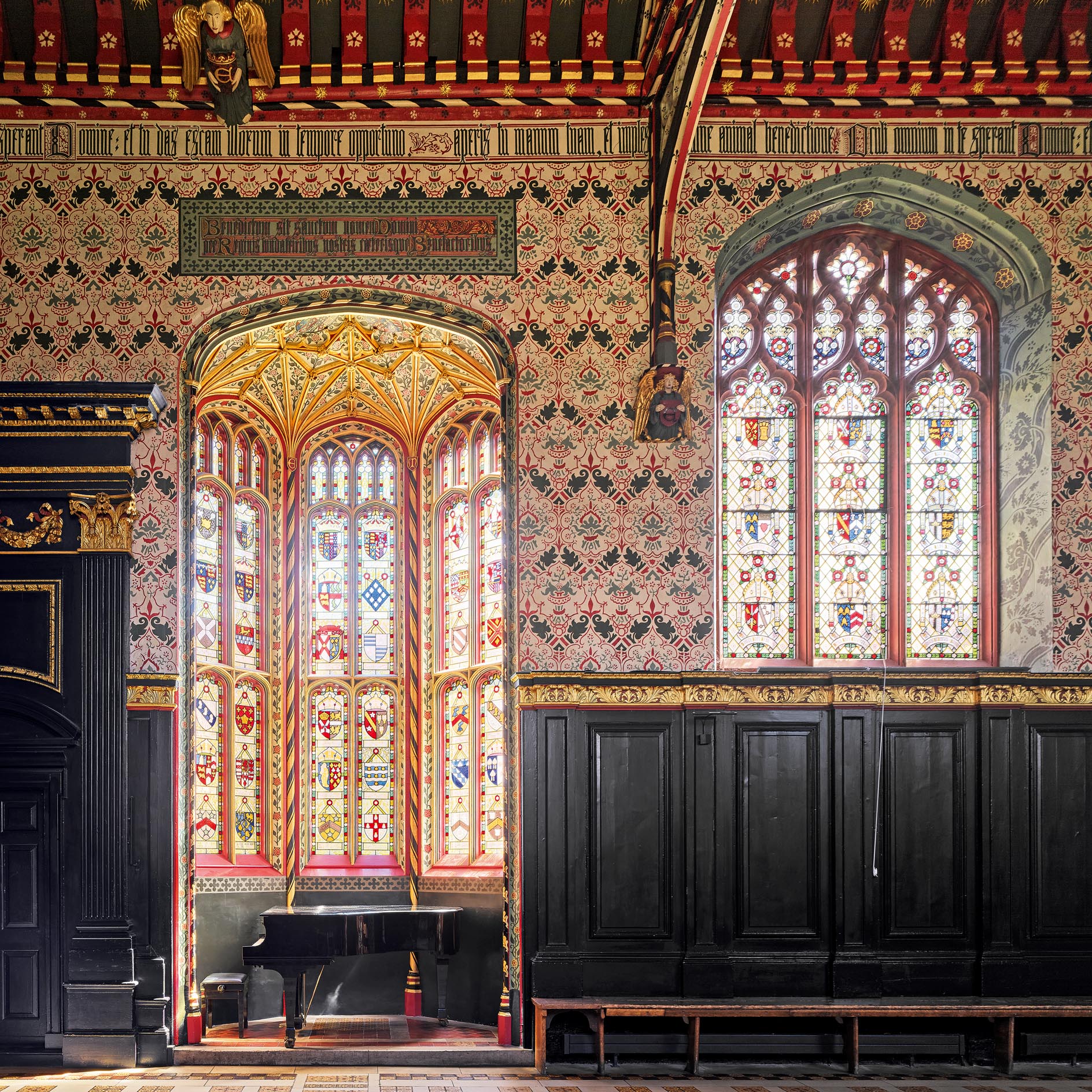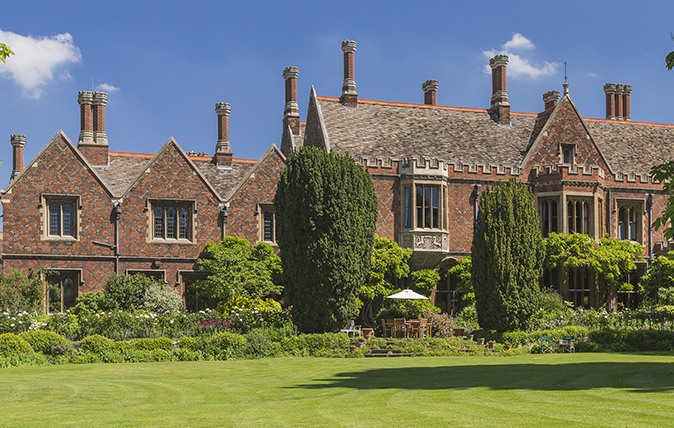The sad decline of Cambridge Castle: 'How could this happen in one of our great university cities?'
Country Life's cultural columnist Athena bemoans the lack of care shown for what remains of one of the first Norman castles in England.


On a very hot day back in July, Athena climbed to the mound or motte of Cambridge Castle, still — but only just — the best vantage point from which to view the rapidly developing city and its surrounds. It was a shocking sight, with rubbish strewn around and a very faded information board on which were just discernible the words ‘Welcome to Cambridge Castle’. It’s a sad situation for a little-known monument of such importance.
Cambridge Castle was first built in 1068, for William the Conqueror, next to the late-Anglo-Saxon bridge on the line of a Roman road — probably begun in about AD43 — that ran north-west towards Ermine Street along the edge of the Fens. Cambridge was already an important settlement connected directly to the sea by a navigable channel to the Wash. Domesday tells us that 27 houses were destroyed to accommodate the castle and it was subsequently much developed as a major royal stronghold.
The great hall, with its surrounding royal chambers, was rebuilt by William, Earl of Salisbury at great expense by 1224. Then, in 1284–87, under Edward I, more than £600 was spent ‘in newly making a hall in the castle of Cambridge and repairing the gate walls of the same castle’. The King subsequently undertook further improvements, including the construction of a new gatehouse and round tower on the motte. When the work finally stopped in 1298, nearly £3,000 — a vast sum — had been spent here.

Thereafter, the castle entered into a protracted decline and began to be stripped for building materials. This process began in 1441, when the fabric of the roofless domestic buildings was gifted by Henry VI towards the construction of King’s College. Braun and Hogenburg’s famous atlas, Civitates Orbis Terrarum (1575), shows that the great round tower on the mound, and walled bailey with its square towers survived more than a century later. Following the construction of Civil War defences in 1642–43, however, only the main gate remained. It served as a prison.
In 1802–07, a new county gaol was erected on the castle site and soon afterwards, in 1841–43, the medieval gate was demolished to build a Shire Hall. The gaol was eventually knocked down, in 1928–29, and replaced by a larger Shire Hall in 1931–32. This, in turn, led to the demolition of the Victorian Shire Hall in 1955 to create a car park. The 1930s Shire Hall was enlarged in 1974 and furnished with a nuclear bunker in 1989.
Last year, Cambridgeshire County Council moved out of town to Alconbury, leaving the whole castle site semi derelict. Despite the exceptional archaeological potential of the area, only the motte and ditches of the Civil War earthworks are currently scheduled as Ancient Monuments, leaving much of the site vulnerable to potentially destructive redevelopment without proper investigation. How could this happen in one of our great university cities?

Queens' College, Cambridge: The seat of learning that helped set the mould for Cambridge's most beautiful colleges
John Goodall looks at the early history of Queens’ College, Cambridge, the college that helped define the tradition of academic
Exquisite houses, the beauty of Nature, and how to get the most from your life, straight to your inbox.

The 550-year evolution of Queens' College, Cambridge
John Goodall looks at the architectural evolution of Queens’ College, Cambridge, into the late 19th century and its outstanding hall

Credit: Justin Paget for the Country Life Picture Library
Magisterial and picturesque: The Master’s Lodge at St John's College, Cambridge
Between 1863 and 1865, Sir George Gilbert Scott created a new lodge for the Master of St John’s College, Cambridge.
Country Life is unlike any other magazine: the only glossy weekly on the newsstand and the only magazine that has been guest-edited by His Majesty The King not once, but twice. It is a celebration of modern rural life and all its diverse joys and pleasures — that was first published in Queen Victoria's Diamond Jubilee year. Our eclectic mixture of witty and informative content — from the most up-to-date property news and commentary and a coveted glimpse inside some of the UK's best houses and gardens, to gardening, the arts and interior design, written by experts in their field — still cannot be found in print or online, anywhere else.
